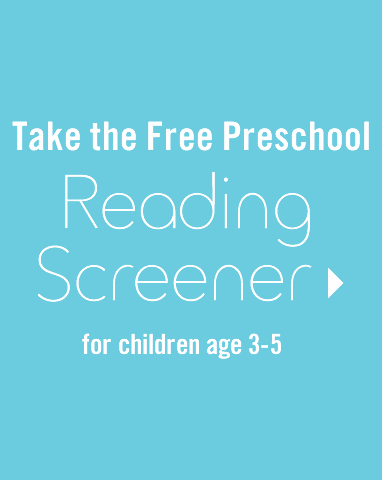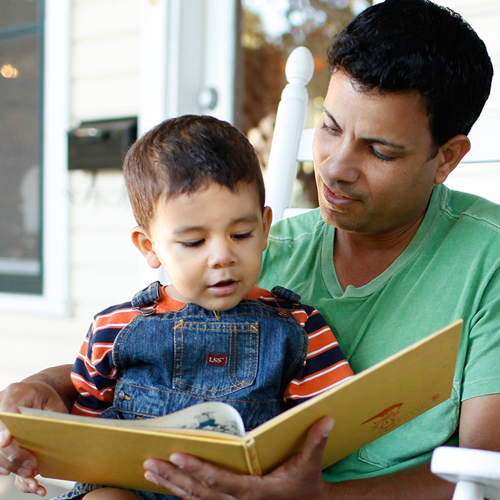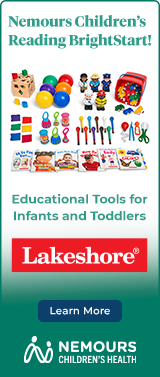DO:
- Do talk, talk, talk with your child…from birth! The more words your child hears each day, the stronger her language skills will become. This, in turn, will support future reading development.
- Do believe that reading is important, both in school and in life. Know that your child is never too young to listen to you read.
- Do believe that you have the ability to help your child become a strong reader.
- Do visit libraries—often!
- Do make sure that both you and your child associate reading and writing with fun!
- Do understand that it is normal if your child asks to hear the same story over and over again. Children do not find this kind of repetition boring; in fact, they learn and notice something new every time they hear the same story. And it builds their confidence when they are able to predict accurately what is coming next.
- Do remember that, for the young child, drawing is writing, and that this ability develops in stages. Acknowledge and accept all of your child’s attempts to communicate a message and enjoy watching those scribbles turn into shapes, and eventually, recognizable forms and letters. Keep in mind that this process takes time and requires lots of opportunities to practice.
- Do use materials your child can hold: pictures, puppets, alphabet letter cards, magnetic letters and pointers. These materials help capture and hold the interest of young children and also give them the chance to explore and learn new skills in a hands-on way.
- Do show your child how to practice any new reading readiness skills (e.g., identifying letters, listening for beginning sounds, or clapping syllables). Teach and model first, then ask your child to practice.
- Do interact with your child when he or she is watching television or using technology. If you find a great television program, website or app that targets an area you are working on with your child (such as rhyming), watch and play with her, rather than leaving her to watch alone. You might ask questions and clarify instructions as needed; technology cannot fill that role for a young child.
DON’T:
- DON’T feel compelled to read every word on every page in every book that you read with your child. Sometimes this can make the story too long and leave you both feeling frustrated.
- DON’T expect your child to always listen quietly as you read. Children who ask questions are not doing so to be rude or cause a problem. Rather, they are showing that they are interested and have made a connection to what you are reading. Encourage your child to share her thoughts, feelings and ideas.
- DON’T assume that your child hates books if he doesn’t want to sit and cuddle in your lap as you read. Some children do not like to be confined and would rather sit on the floor and play with a toy as they listen to a story. Every child is different; follow your child’s cues.
- DON’T continue reading if your child is giving clear signals that he has had enough. Babies may turn away from you; toddlers may close the book and say, “All done!;” preschoolers may get fidgety and lose interest. Don’t take this personally. Come back to the book another time.
- DON’T pressure your child to answer your questions, name letters or demonstrate other reading readiness skills. It takes multiple exposures for a child to master a new skill independently. It is not “cheating” if you give your child the answer. It’s helping her learn.
- DON’T insist that your child form letters or write on lined paper. Preschoolers often do not have the fine motor control necessary to be able to write on a line, and will likely become frustrated. Blank paper or a large, unconfined writing space (such as your driveway) are ideal surfaces for beginning writers.
- DON’T worry if your young child reverses letters (b/d), or even writes his entire name backwards. Those reversals are common and typical for preschoolers and do not mean that your child has dyslexia.
- DON’T substitute TV shows, computer games or apps for in-person interaction between your child and YOU. Children learn best through fun interactions with people who love and care for them.









